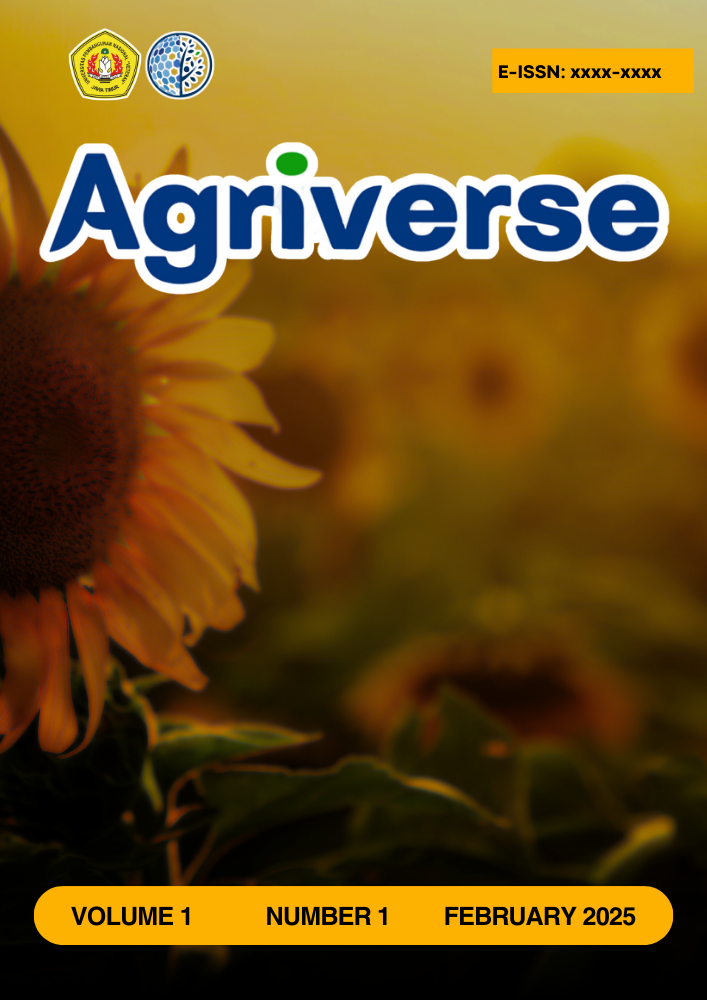Modeling Soil Erodibility Index with NDSI on Various Meso- Landforms in Smallholder's Coffee Land Areas at Kletek Sub Watershed
Keywords:
coffee cultivation, mitigation erosion, NDSI, Soil ErodibilityAbstract
The Kletek sub-watershed, located on the southern slopes of Mount Kawi, exhibits volcanic landforms shaped by ongoing volcanic activity. Thearea’s topography is highly varied, with 56.81% of the terrain consisting of slopes greater than 15%, making it prone to erosion. Dominant soil types,Inceptisol and Andisol, show medium to high susceptibility to erosion, as indicated by their soil erodibility index. Mesolandform studies have beeninstrumental in evaluating soil development and agricultural land monitoring, highlighting the need for effective erosion mitigation. Agriculture in the region focuses on robust coffee cultivation, essential for the local economy. Erosion control measures are crucial, using the soil erodibility method based on the Normalized Difference Soil Index (NDSI) derived from Sentinel 2A imagery. Key factors such as soil texture, organic matter, structure, and permeability determine soil erodibility and influence NDSI values. Statistical analyses, including MAPE (Mean Absolute Percentage Error) and ANOVA tests, confirm the model’s accuracy, with MAPE showing 7% reliability. ANOVA further reveals a significant correlation between soil erodibility and landform types, indicating varying levels of erodibility across the sub-watershed. These results emphasize the importance of mitigation erosion control to sustain agricultural productivity, particularly in coffee cultivation.Downloads
Published
2025-03-17
How to Cite
Hadi Sholikah, D., Singh Karam, D., Ridho Rochman, M. ., Kusuma, Z., & Soemarno. (2025). Modeling Soil Erodibility Index with NDSI on Various Meso- Landforms in Smallholder’s Coffee Land Areas at Kletek Sub Watershed. Agriverse, 1(1), 34–43. Retrieved from https://agriverse.upnjatim.ac.id/index.php/agriverse/article/view/4
Issue
Section
Articles
License
Copyright (c) 2025 Agriverse

This work is licensed under a Creative Commons Attribution 4.0 International License.









